Annelies Marie “Anne” Frank was a German born diarist. One of the most discussed Jewish victims of the Holocaust, she gained fame posthumously with the publication of The Diary of a Young Girl, in which she documents her life in hiding from 1942 to 1944. Take a look below for 30 more interesting and fascinating facts about Anne Frank.
1. Her diary is one of the world’s most widely known books and has been the basis for several plays and films.
2. Born in Frankfurt, Germany, she lived most of her life in or near Amsterdam, Netherlands, having moved there with her family at the age of four and a half when the Nazis gained control over Germany.
3. Born a German national, Frank lost her citizenship in 1941 and thus became stateless.
4. By May 1940, the Franks were trapped in Amsterdam by the German occupation of the Netherlands.
5. As persecutions of the Jewish population increased in July 1942, the family went into hiding in some concealed rooms behind a bookcase in the building where Anne’s father worked.
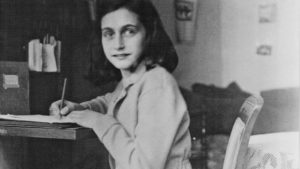
6. From then until the family’s arrest by the Gestapo in August 1944, Anne kept a diary she had received as a birthday present, and wrote in it regularly.
7. Following their arrest, the Franks were transported to concentration camps.
8. In October or November 1944, Anne and her sister, Margot, were transferred from Auschwitz to Bergen-Belsen concentration camp, where they died, probably of typhus, a few months later.
9. They were originally estimated by the Red Cross to have died in March, with Dutch authorities setting March 31 as their official date of death, but research by the Anne Frank House in 2015 suggests that they more likely died in February.
10. Frank’s father, Otto, the only survivor of the family, returned to Amsterdam after the war to find that her diary had been saved by one of the helpers, Miep Gies, and his efforts led to its publication in 1947.
11. Frank’s diary was translated from its original Dutch version and first published in English in 1952 as The Diary of a Young Girl, and has since been translated into over 60 languages.

12. Frank wrote most of her diary in the form of letters to a person named “Kitty.”
13. Her concentration camp was liberated by British troops just weeks after her death.
14. Portions of Frank’s diary were removed because she described her intimate parts.
15. Frank’s sister, Margot, also kept a diary but it was never found.
16. Her family was denied visas by the United States due to stricter immigration policies at the time.
17. Frank’s father, Otto, dedicated the rest of his life working for human rights.
18. More than 100,000 copies of Frank’s diary were sold in Japan.
19. Frank’s father was an officer int he German army in World War I.
20. In 1960, the building at Prinsengracht 263, home to the Secret Annex, opened to the public as a museum devoted to the life of Anne Frank. Her original diary is on display there.
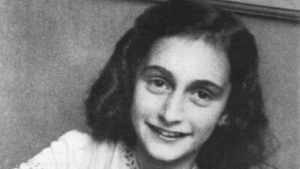
21. Frank was posthumously baptized “by proxy” into Mormonism at least 9 times.
22. In 1983, a school in Alabama tried to block Frank’s diary from schools because the school claimed that it was too depressing for the kids.
23. While hiding, Frank’s family couldn’t go outside. They lived in an annex with eight people in total. They lived in constant fear of what would happen if they were discovered.
24. About one million people go to the Anne Frank House each year.
25. Otto Frank wrote Audrey Hepburn asking her to portray his daughter Anne in the movie “The Diary of Anne Frank.” Audrey kindle declined the part.
26. Anne Frank is included as one of the topics in the Canon of Dutch History, which was prepared by a committee headed by Frits van Oostrom and presented to the Minister of Education, Culture and Science, Maria van der Hoeven.

27. In June 2007, “Buddy” Elias donated 25,000 family documents to the Anne Frank House. Among the artifacts are Frank family photographs taken in Germany and the Netherlands and the letter Otto Frank sent his mother in 1945, informing her that his wife and daughter had died in Nazi concentration camps.
28. In 1999, Time Magazine named Anne Frank among the heroes and icons of the 20th century on their list The Most Important People of the Century.
29. Madame Tussauds wax museum unveiled an exhibit featuring a likeness of Anne Frank in 2012.
30. The Diary of Anne Frank is banned in Lebanon for, “portraying Jews, Israel or Zionism favorably.”

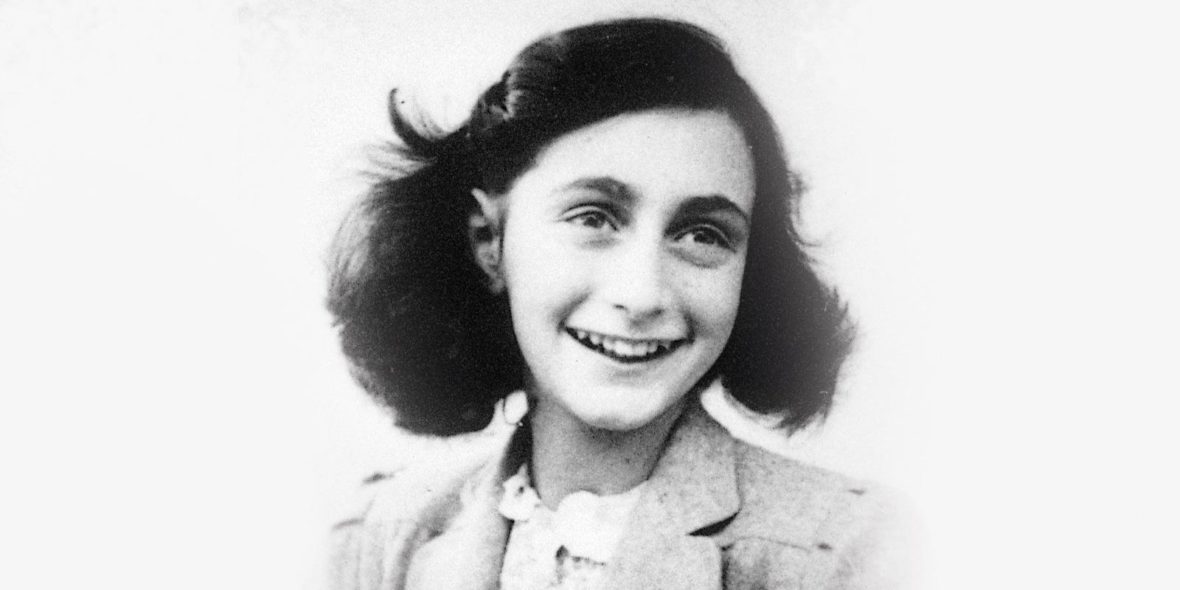
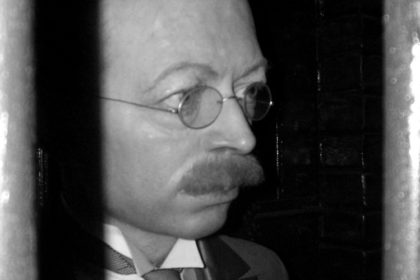

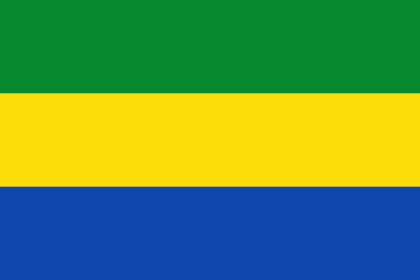
One Comment
Lemon wolf
February 4, 2020 at 12:43 amthese are really good facts! :3
peeps who r reading this, have a great day!